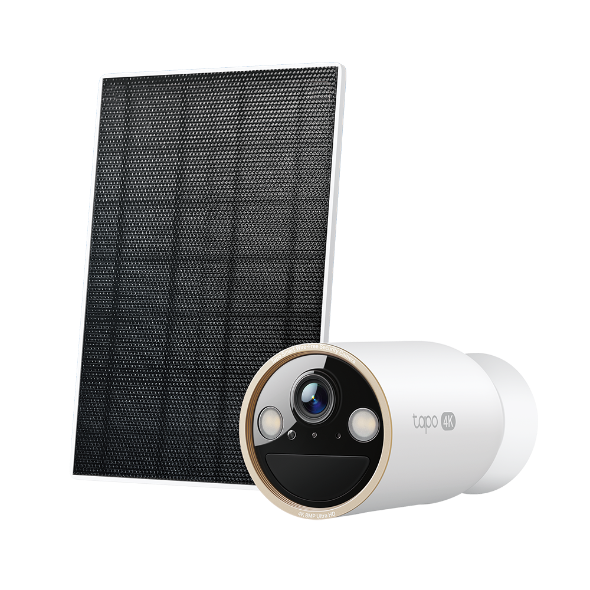How to test the detection range of Tapo battery camera
Employ the Detection Range Test feature to ascertain the camera's detection range. This diagnostic tool is instrumental in mapping out the camera's detection range, ensuring that it encompasses the intended surveillance area. By conducting this test, you can verify that the camera's field of detection is aligned with your security needs, guaranteeing comprehensive coverage. If you find that the camera is unable to detect movement in some area, please follow this FAQ to do Detection Range Test.
How to Use Detection Range Test
1. Monitor Live Stream and Verify Coverage
Start by accessing the live stream of your camera and ensure that the area you wish to monitor is clearly within its field of view. Typically, the camera's detection range is indicated in the lower half of the live image. Here we take Tapo C410 as example, the yellow area is the approximate detection range at default sensitivity.

2. Initiate Detection Range Test
Position yourself in the area that requires detection and tap Device Settings > Detection > Wake-up sensitivity, select 'Detection Range Test' to begin the test. You have the option to choose either light or sound as indicators of a successful wake-up event.

3. Move within the Detection Area
Move around the designated detection area to the best of your ability and closely monitor the camera for any light and sound responses. A reaction from the camera in the form of light or sound confirms that the area's activity is capable of waking up the camera.
4. Adjust Wake-up Sensitivity if Necessary
If the camera fails to respond to your movements within the detection area, please consider increasing the Wake-up sensitivity. Or if the battery drops quickly, please consider decreasing the Wake-up sensitivity. Taking the Tapo C425 as an example, by adjusting the sensitivity, it can reach about 8m with a suitable installation angle. For other battery camera, please refer to the quick installation guide to get the maximum detection range.

QA
Q: Why does the battery camera have a shorter detection range than the camera with constant power supply?
A: Unlike some wired cameras, battery cameras rely on battery power and often remain in sleep mode to preserve battery life. To wake up the camera, it relies on a PIR sensor (Passive Infrared Sensor).
The PIR sensor can detect changes in infrared radiation and is primarily used to detect objects with heat signatures, such as humans, animals, or moving vehicles. The PIR sensor consists of a pair of sensors. When an object with heat passes through the sensor's coverage area, the PIR sensor detects the change in heat and generates an electrical signal to wake up the camera. The camera then utilizes AI detection algorithms to start event detection, generate notifications, and record detection videos.
Q: Why is it difficult to wake up the camera when I approach the battery-powered camera?
A: The PIR sensor is more likely to detect heat changes when a heat source passes through its sensors laterally. If the camera is directly facing the monitoring scene and a person walks directly towards the lens, the heat change detected by the sensor will be minimal, making it challenging to trigger the camera waking up. Therefore, it is recommended to install the camera at the side of the monitoring scene to ensure sensitive detection.

Czy ten poradnik FAQ był pomocny?
Twoja opinia pozwoli nam udoskonalić tę stronę.
z United States?
Uzyskaj produkty, wydarzenia i usługi przeznaczone dla Twojego regionu.


